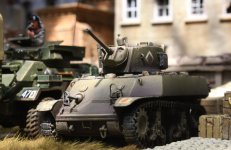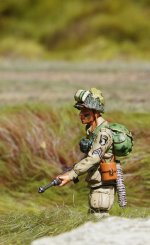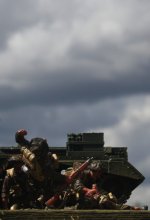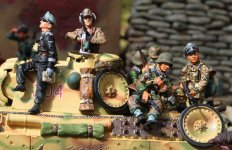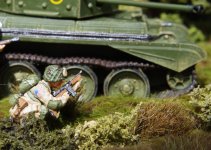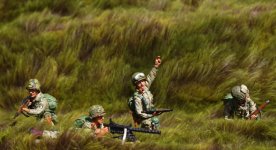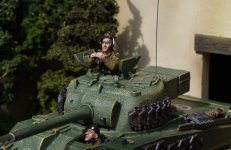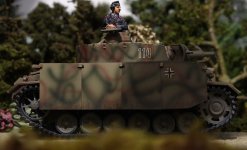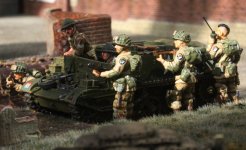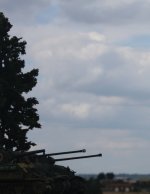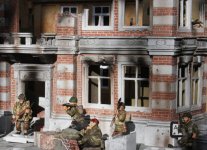panda1gen
Colonel
- Joined
- Jul 29, 2005
- Messages
- 8,154
Continued from #1950......
131 Brigade eventually assembled on the northern outskirts of St Oedenrode. The 1st/7th Queens,

... supported by 5/Inniskilling Dragoon Guards, were to strike north on the eastern side of the road. The plan was for them to join 1/502 PIR at Koevering.

At the same time, 8/Hussars were to support 1st/5th Queens in a north-westerly advance to Schijndel.
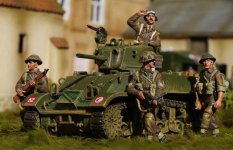
Both advances made slow progress, as at least two 88mm guns were still in position to stop them.

Additionally, Panzerjäger were repeatedly encountered on the western flank.

131 Brigade eventually assembled on the northern outskirts of St Oedenrode. The 1st/7th Queens,

... supported by 5/Inniskilling Dragoon Guards, were to strike north on the eastern side of the road. The plan was for them to join 1/502 PIR at Koevering.

At the same time, 8/Hussars were to support 1st/5th Queens in a north-westerly advance to Schijndel.

Both advances made slow progress, as at least two 88mm guns were still in position to stop them.

Additionally, Panzerjäger were repeatedly encountered on the western flank.




